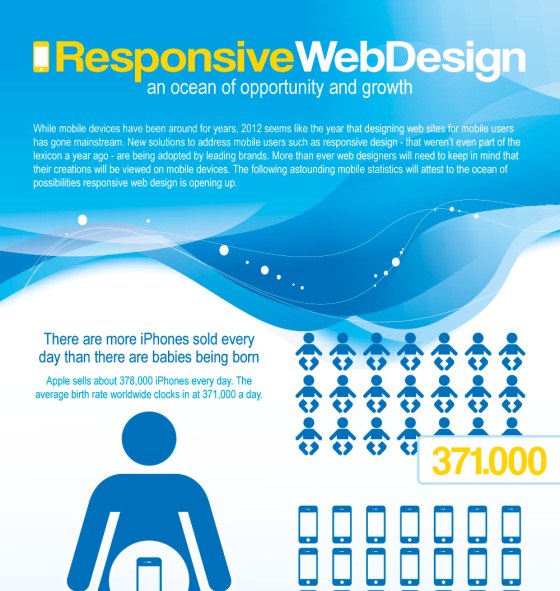Keen To Uncover How Site Layout Has Changed With Time? Dive Into The Advancement From Simplicity To User-Focused Experiences.
Keen To Uncover How Site Layout Has Changed With Time? Dive Into The Advancement From Simplicity To User-Focused Experiences.
Blog Article
Authored By-Abel Bowles
In the past, websites were easy and focused on information. Navigation was straight, and design was for desktops. Currently, user experience is vital. Data overviews designs for easy navigating. Responsive designs match various tools. Today, dark mode lowers pressure, and minimal food selections enhance navigation. Interactive features engage individuals, and bold visuals attract attention. AI assimilation enhances interaction. See how style has actually developed to boost your on the internet journey.
Very Early Days of Web Design
In the early days of web design, simpleness reigned supreme. click here to find out more were basic, with minimal colors, typefaces, and formats. The emphasis got on providing information rather than flashy visuals. Customers accessed the web via sluggish dial-up links, so speed and capability were crucial.
Navigating food selections were straightforward, normally located on top or side of the web page. Websites were developed for home computer, as mobile surfing had not been yet common. Material was king, and designers focused on very easy readability over complex design aspects.
HTML was the main coding language utilized, and developers needed to function within its constraints. Animations and interactive features were marginal contrasted to today's criteria. Internet sites were fixed, with little dynamic web content or personalized customer experiences.
Rise of User-Focused Style
With the advancement of internet site design, a change in the direction of user-focused design principles has actually ended up being progressively famous. Today, developing sites that prioritize customer experience is crucial for involving site visitors and achieving service objectives. User-focused style involves understanding the requirements, preferences, and behaviors of your target market to tailor the website's design, content, and features accordingly.
Developers now carry out thorough research, such as customer studies and use screening, to gather understandings and responses straight from users. This data-driven method aids in creating instinctive navigation, clear calls-to-action, and aesthetically enticing interfaces that reverberate with visitors. By positioning the customer at the facility of the layout process, web sites can provide a more tailored and pleasurable experience.
Responsive layout has also become a key facet of user-focused layout, guaranteeing that internet sites are maximized for numerous devices and screen dimensions. This flexibility improves availability and usability, catering to the diverse means users engage with sites today. Fundamentally, the surge of user-focused layout signifies a change towards developing digital experiences that focus on the needs and expectations of the end user.
Modern Trends in Web Design
Check out the current trends shaping web design today. One famous pattern is dark setting design, using a smooth and modern-day look while decreasing eye pressure in low-light atmospheres. Another crucial pattern is minimal navigating, simplifying food selections and enhancing user experience by concentrating on essential elements. Integrating micro-interactions, such as computer animated switches or scrolling effects, can produce an extra engaging and interactive website. Receptive design stays essential, making certain smooth individual experiences across various gadgets. In addition, making use of strong typography and asymmetrical designs can add visual passion and draw attention to particular content.
Integrating AI innovation, like chatbots for consumer support or tailored suggestions, improves individual involvement and simplifies processes. Access has likewise come to be a substantial fad, with developers focusing on comprehensive layout techniques to accommodate diverse customer needs. Accepting sustainability by optimizing site efficiency for speed and effectiveness is one more arising trend in web design. Collaborating with customer responses and data analytics to iterate and boost style continuously is crucial for remaining pertinent in the ever-evolving digital landscape. By welcoming these modern-day patterns, you can create an aesthetically enticing, easy to use internet site that resonates with your target market.
onpage site seo
As you assess the evolution of website design from the very early days to currently, you can see exactly how user-focused layout has actually become the driving pressure behind modern-day fads.
Accept the journey of change and adaptation in website design, always keeping the individual experience at the forefront.
Stay present with the current trends and innovations, and never ever quit progressing your approach to produce visually spectacular and straightforward web sites.
Evolve, adjust, and create - the future of web design is in your hands.
